You can use R option with chmod command to recursively change permissions of directories and subdirectories For example, give full access to the directory permission recursively with all subdirectories and files chmod R 777 permissionsRunning the chmod 777 command may result in security and privacy issues in the long run By enabling the chmod command, you are giving all other users access to your files and directories For example, if you use the recursive chmod command on any directory, the digits will automatically reset to 777In this tutorial, I am going through the steps to create a bash script and to make the script executable using the chmod command After that, you will be able to run it without using the sh or bash commands Step 1 Creating a Bash File The first step is to create a new text file with sh extension using the following command $ touch hello
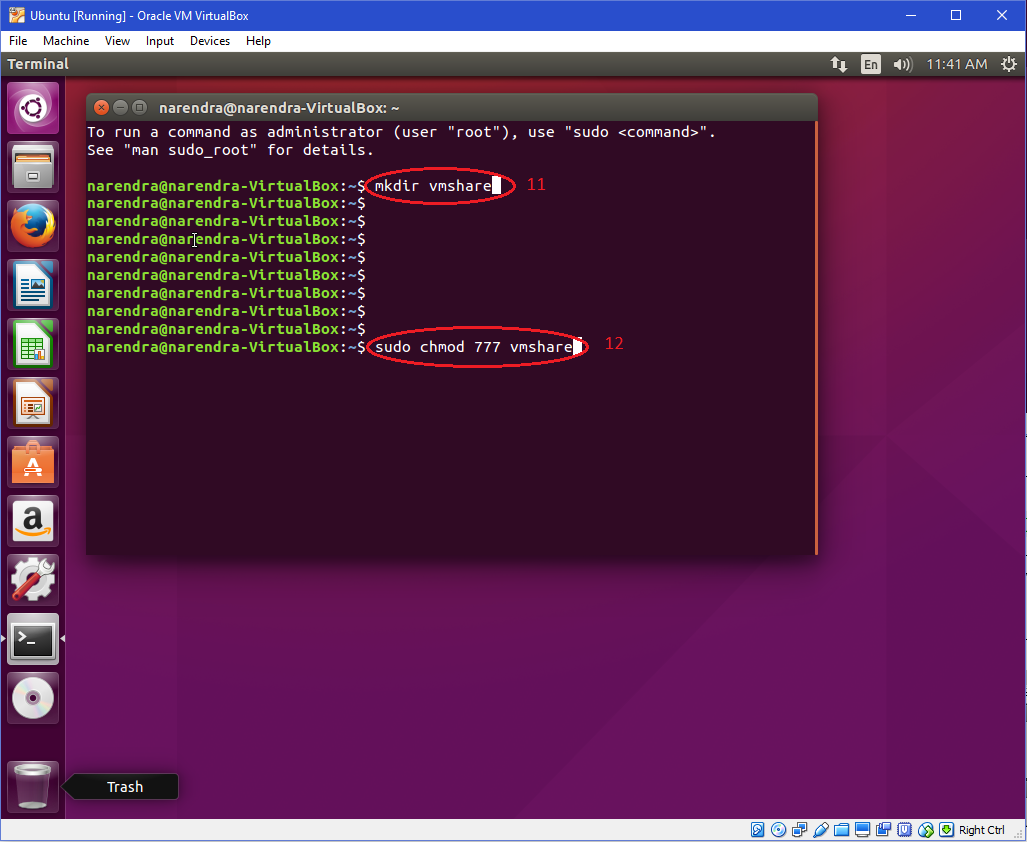
Windows Faq
Chmod 777 command in linux for directory
Chmod 777 command in linux for directory-777 An "Octal Value" or "Number Value" of a file permission is simply a numeric value, composed of 3 or 4 digits, each one ranging in value from 0 7, that represents access grated to users on the system These octal values, can be used to change or manage a file or directory's permissions, using a well known commandlineutility called chmod Obtaining a specified "Octal Value" usually starts with a file's "Symbolic Value", and transmuting it to it's corresponding number valueThe chmod command in Linux is used to change file and directory permissions using either text (symbolic) or numeric (octal) notation It takes the following syntax $ chmod OPTIONS MODE filename Only the root user or a regular user with sudo privileges can change file or directory permissions



Linux Hacker Chmod 777 Command Poster By Clubtee Redbubble
The main purpose of this command is to modify file permissions File permissions control how a file should behave Linux control every directory and file using the permissions Chmod can modify these permissions It is an essential part of the Linux OSThe other way is terminal , where you can change the permission via Chmod If you use chmod 777 that means you assigned all the permissions ie to make file readable, writable and executable by everyone chmod 775 /path/to/file chmod command uses & Explanation chmod is a command to change permission of a file It stands for change modeYes, you might have the previous encounter with it, but f you need a clear picture, then you need to know all things related to it
Sudo find directory type d/f exec chmod privilege {} \;As all Linux users, you will at some point need to modify the permission settings of a file/directory The command that executes such tasks is the chmod command The basic syntax is chmod permission file_name There are two ways to define permission using symbols (alphanumerical characters) using the octal notation methodThe command executed here is chmod 777 R home and it gives 777 permission to the folder home itself, also to all of the files and subdirectories inside this folder The format of the command is chmod XXX R directorylocation You might also require to run this command as sudo user
In Linux Quick Fix;Running the chmod 777 command may result in security and privacy issues in the long run By enabling the chmod command, you are giving all other users access to your files and directories For example, if you use the recursive chmod command on any directory, the digits will automatically reset to 777Chmod 777 participants The first 7 sets the permissions for the user, the second 7 sets the permissions for the group, and the third 7 sets the permissions for everybody else If you want to be the only one who can access it, use chmod 700 participants
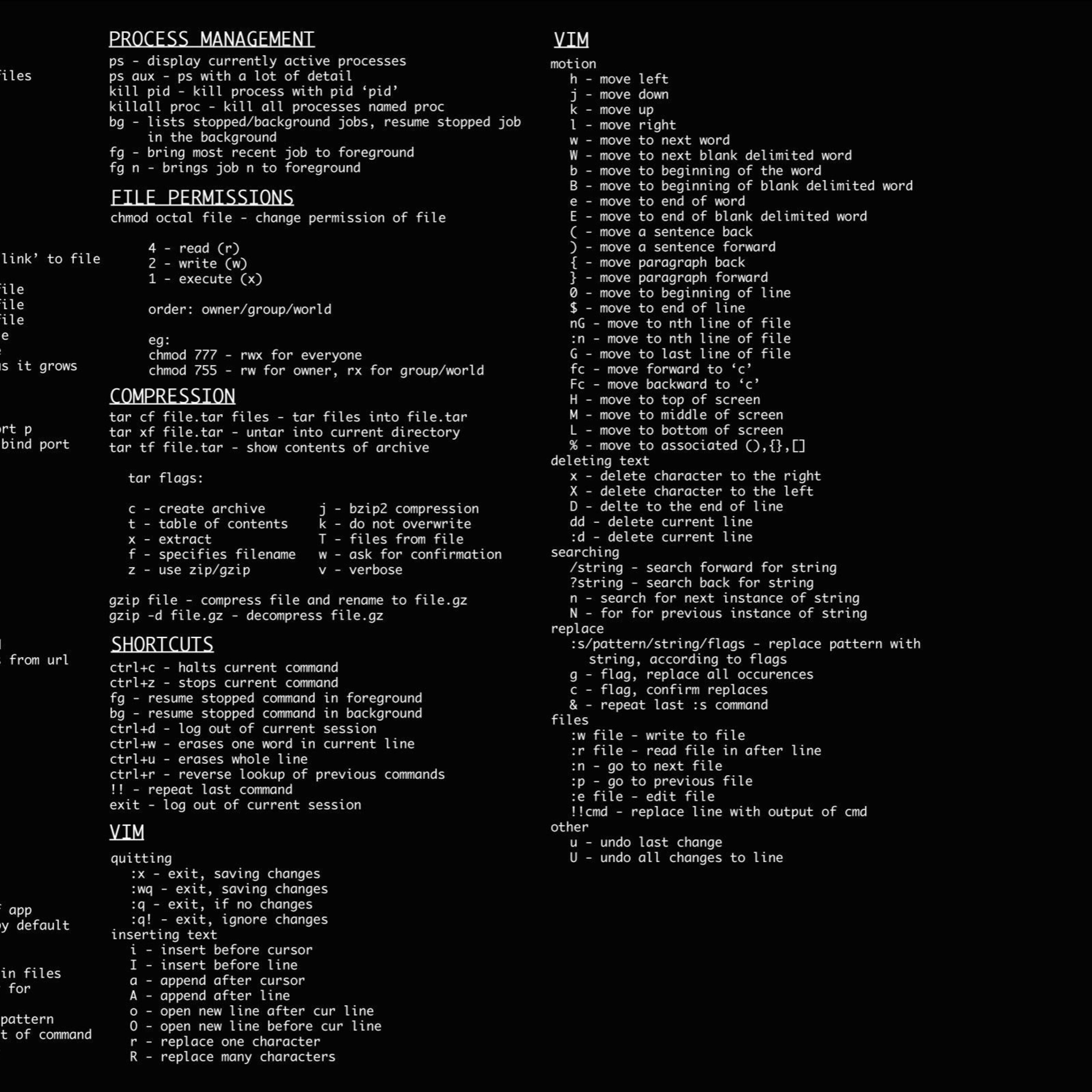


2932x2932 Linux Dark Command Line Ipad Pro Retina Display Hd 4k Wallpapers Images Backgrounds Photos And Pictures



Pin On Cyber Security Merch
You can change file permissions in this format chmod options mode file_name You can change permissions using alphanumeric characters (arwx) or with octal numbers (777) Here's a chmod example using for setting permissions so that Owner can read, write and execute;Chmod is a program responsible for modifying access permissions of file and directories in Unix/Linux While the concept is easy to understand, the syntax might overwhelm new users a little bit Most of the time, you will encounter chmod 777, chmod 755 and chmod 644 In this article, we will explain the meaning of these numbers and how they are related to the actual permissionsRead, write and execute = 4 2 1 = 7 $ chmod 777 filetxt (or) $ chmod ugorwx filetxt Give execute privilege to user Leave other privileges untouched execute = 1 If you want to just add execute privilege to users and leave all other privileges as it is, do the following $ chmod ux filetxt
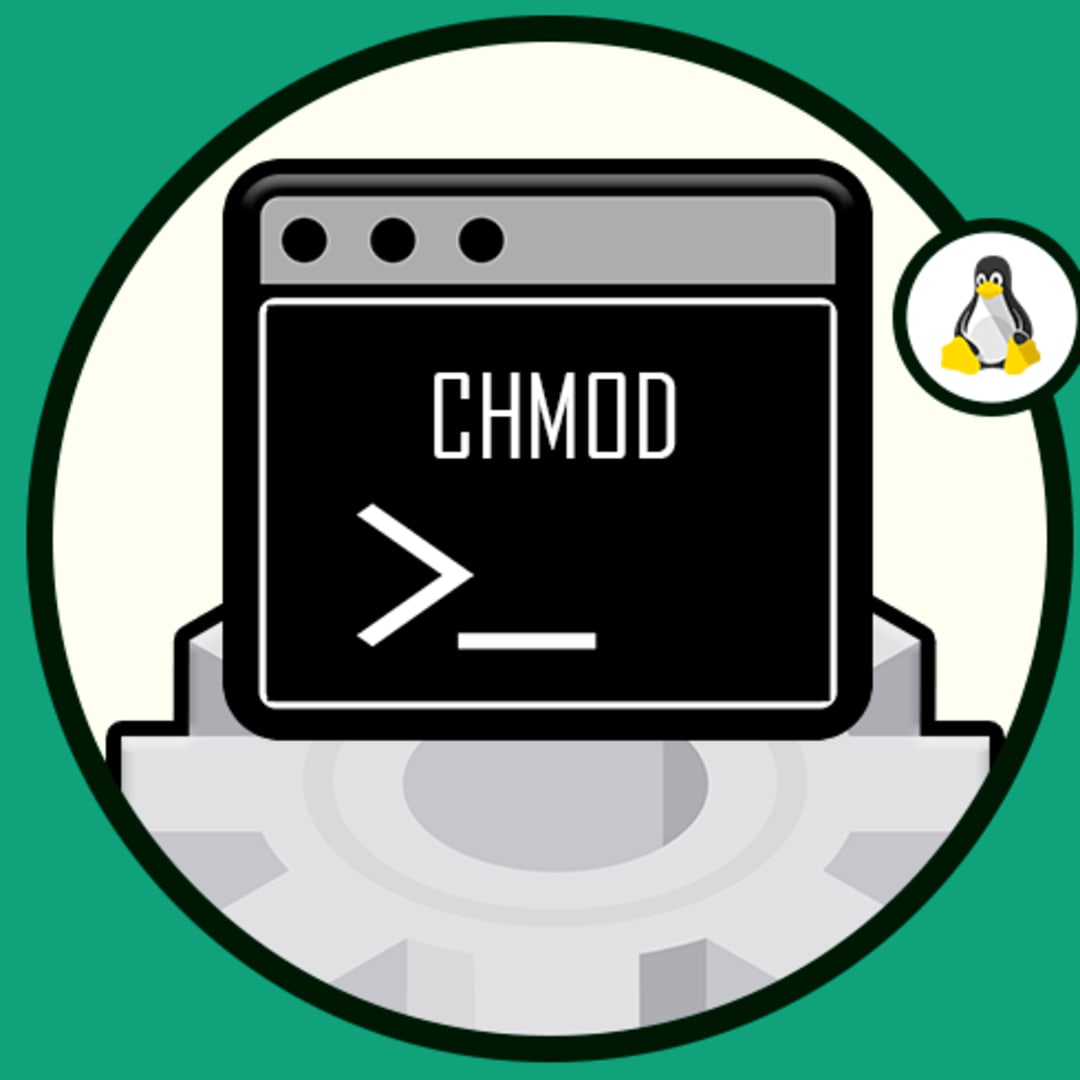


How To Set Chmod 777 To A Folder And All Its Contents Dev Community



Linux Commands 5 File Permission Chmod Youtube
You can get output after assigning permission to any files/directories by using Linux chmod command with argument v Refer the command below $ chmod v 777 filetxt mode of 'filetxt' changed from 0664 (rwrwr) to 0777 (rwxrwxrwx) Assign permission with output (This command will give output only if there is any changes)If for example we use the chmod 777 command chmod 777 We are saying that we give the 3 types of users maximum permission, giving them reading, execution and writing, and it is if we have added 4 2 1 that is why we use three times 7 If we want to give write read permissions then it would be 4 2 = 6 if what we want is just to read would be 4Using "Chmod x" Command on Linux and Unix with Examples In Linux systems, " chmod " command is used to determine the access rights of users to files It allows us to change the access permissions of the files we specify The exact equivalent of chmod is change mode When we examine the example below;



The Chmod Command And Linux File Permissions Explained



Linux Is The Best Scripts Basic In Red Hat Linux
Introduction to chmod Command in Linux In Linux/Unix like operating system, the chmod command is used to change the access mode of a file It is used to change the permission for files and folders These permissions are given to file/folder to provide a secure environment to the OS, efficient management of a file and highlevel access to the users accessing the files/ foldersYou can use R option with chmod command to recursively change permissions of directories and subdirectories For example, give full access to the directory permission recursively with all subdirectories and files chmod R 777 permissionsBy mistake I give via ssh with root privelege a chmod R 777 /var/ in stead of chmod R 777 var/ for a var folder inside a home directory Now I cannot login again via ssh I have a resque mode



Chmod 777 A Definitive Guide To File Permissions



The Linux Command Line Chapter 9 Ppt Download
If you want to change the mode to 777, you can use the command like this chmod 777 filename chmod 777 is considered potentially dangerous because you are giving read, write and execute permission on a file/directory to everyone (who is on your system) You should totally avoid it chmod x or chmod ax Execution for everyoneChmod 777 makes a file/folder readable, writeable and executable by everyone So essentially on your site folder, you have given everyone permission to write to that folder, so you have reduced security on the folder Not a good thing on a public web server, but I am guessing this is for development purposes on your local boxWe can sort it as a user, group and other from left to right, which comes in 3 blocks after the first character



Soc Linux Cheatsheet Secure Shell Computer File



Linux Commands Basic Bash Command Line Tips You Should Know
Replace directory with the directory path that holds the files and subdirectories you want to configure Specify whether it is searching for a directory type d or a file type f Set the file privilege with the chmod command using the numerical or symbolic modeThe command chmod R 777 / makes every single file on the system under / (root) have rwxrwxrwx permissions This is equivalent to allowing ALL users read/write/execute permissions If other directories such as home, media, etc are under root then those will be affected as well This causes a very large security hole for the entire system and should be fixed immediatelyUsing the symbolic method find /var/www/my_website type d exec chmod u=rwx,go=rx {} \;
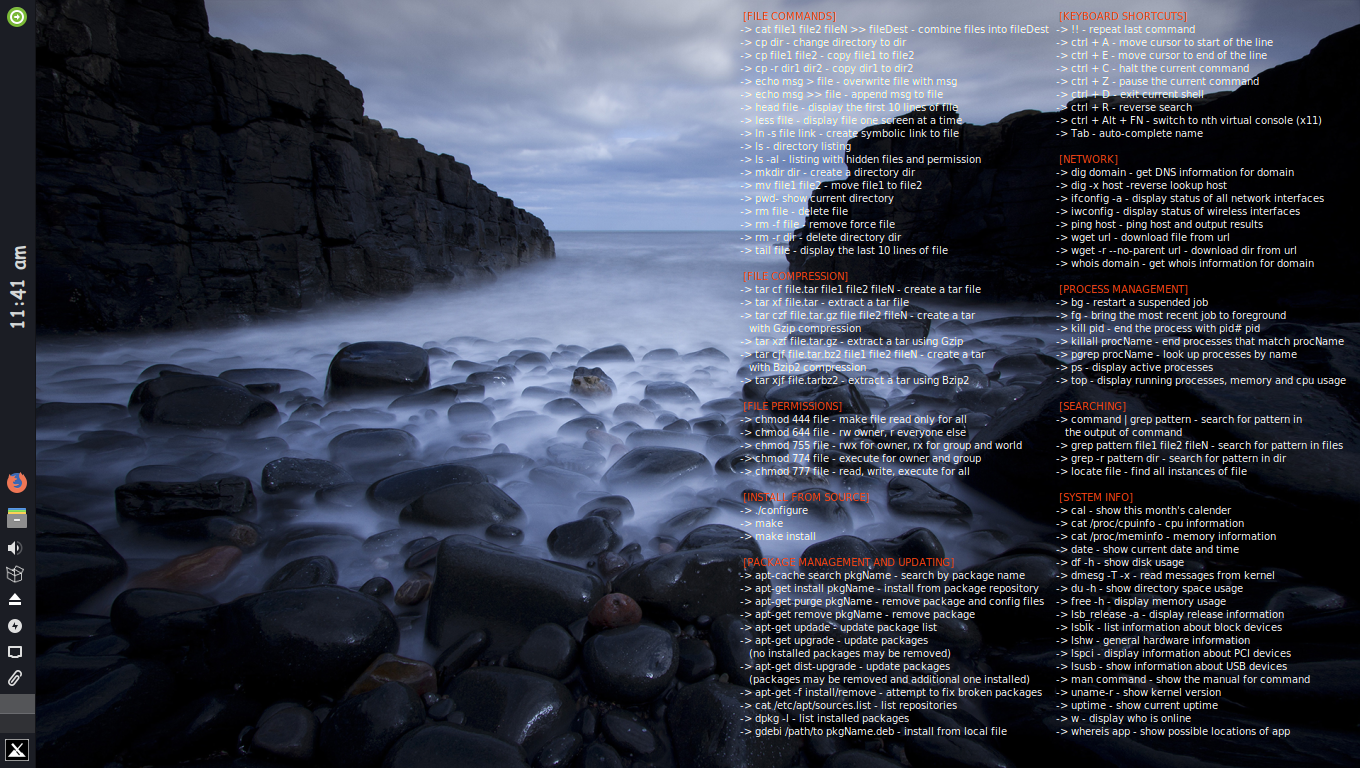


Cli Linux Cheatsheet Conky By Void00r On Deviantart



Linux Permissions Making Sense Of 755 And Rwxr Xr X Serverwise
By mistake I give via ssh with root privelege a chmod R 777 /var/ in stead of chmod R 777 var/ for a var folder inside a home directory Now I cannot login again via ssh I have a resque modeUsing chmod 777 gives everyone rwx permissions, and it is generally not a good practice to give full powers to all the users in a system The second case, I will leave you guys to figure outLinux Chapter 3 Permission Management Commands Change File Permissions chmod 777 /root/a Authorize file r can view file cat atxt w x write file x execute file Directory permissions rwx r to enter the directory, w can create and delete files under the directory x can cd to enter this dire
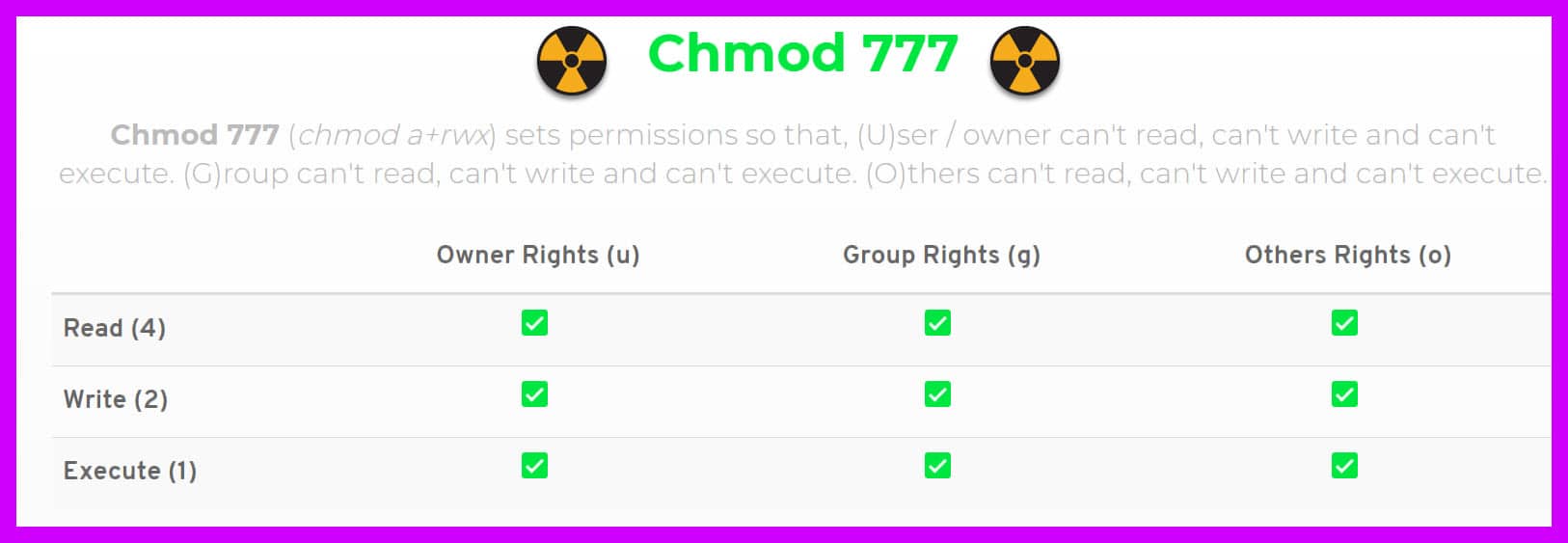


Chmod 777 A Definitive Guide To File Permissions



I Need Help In Laravel 5 4 Permission Denied Stack Overflow
4 can read 5 can read, execute 6 can read, write 7 can read, write and execute We use them in pairs of 3, to set the permissions of all the 3 groups altogether chmod 777 filename chmod 755 filename chmod 644 filename The chmod command works on Linux, macOS, WSL, and anywhere you have a UNIX environmentHere are some command chmod commands with their explanation chmod 777 This means that owner, group and everyone has the all the rights ie to read, write and execute This is a dangerous permission to have on any file and you should avoid using it chmod 755Are you aware of what chmod 777 means?



Linux Cheat Sheet
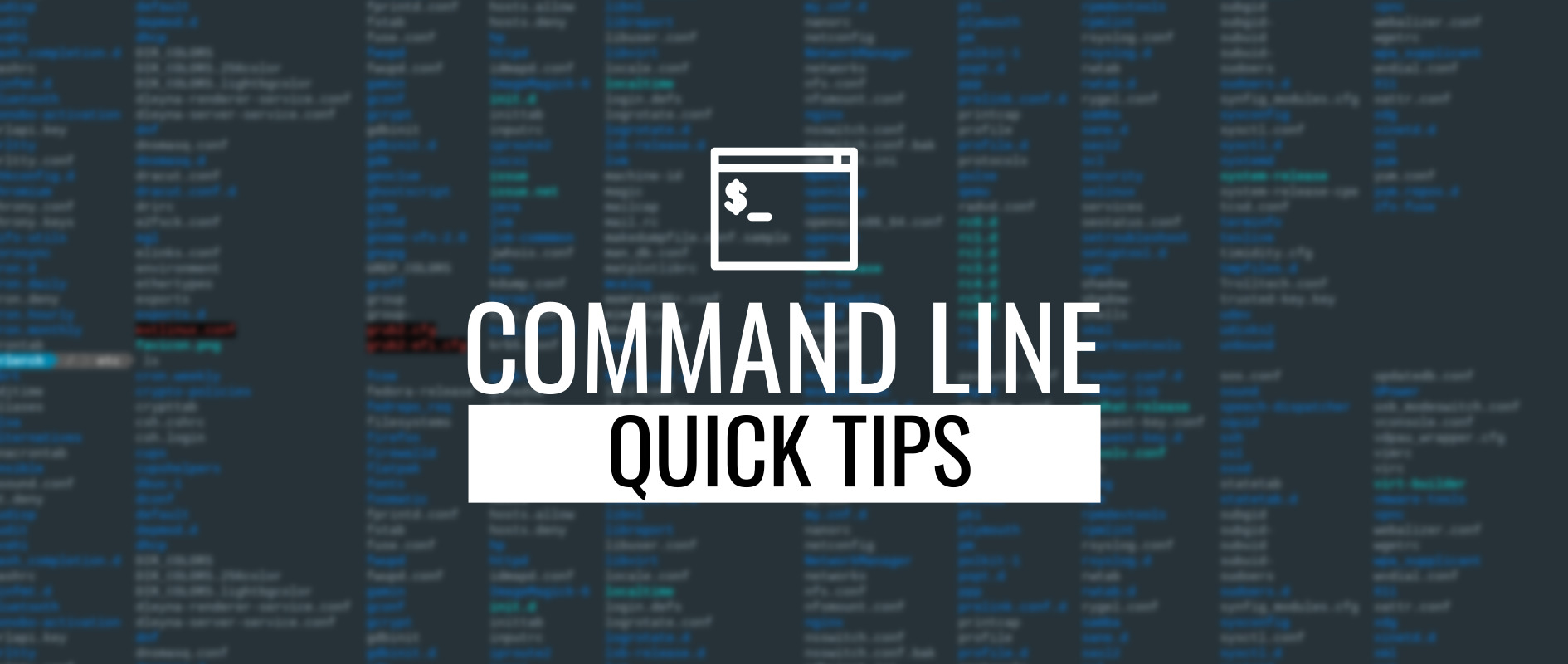


Command Line Quick Tips More About Permissions Fedora Magazine
Linux Chapter 3 Permission Management Commands Change File Permissions chmod 777 /root/a Authorize file r can view file cat atxt w x write file x execute file Directory permissions rwx r to enter the directory, w can create and delete files under the directory x can cd to enter this direYou can use chmod in the command line to change file or directory permissions on unix or unixlike systems such as linux or BSD How to use chmod?The chmod command is a powerful tool used to modify a Linux system's permissions for a specific file or directory The command can be dangerous to system's security when misused, for example, setting the permissions of files and directories to 777 You should typically never run a command off of the Internet without understanding how it works and it's implications for your system This guide will explore what using chmod 777 does to permissions and why you should avoid doing it



Chmod 777 What Does This Really Mean Elitehacksor



Linux Common Commands Tutorial And Use Examples Linuxcommands Site
Brad Morton This article explores chmod 777, a Linux command used to give ALL RIGHTS to the user, group, and others As a new Linux user, web developer, or system administrator, you have probably been instructed to type chmod 777 /path/to/file/or/folderFind /var/www/my_website type f exec chmod u=rw,go=r {} \;The following terminal commands can help you get a basic idea of how the chmod 777 command works on Linux chmod 777 filename sudo chmod 777 /var/www/ sudo chmod R 777 /var/www/ In the picture above, you can see that the output starts with the dr syntax, and it has the wxr syntaxes along with it, which means that the target path is a directory and it has the write, execute, and read permission



The Electric Toolbox Blog The Electric Toolbox Blog



File And Folder Permission Settings For Wordpress Folder On Linux Stack Overflow
Chmod 777 makes a file/folder readable, writeable and executable by everyone So essentially on your site folder, you have given everyone permission to write to that folder, so you have reduced security on the folder Not a good thing on a public web server, but I am guessing this is for development purposes on your local boxIf you are managing a Linux system, it is crucial to know how the Linux permissions work You should never set 777 (rwxrwxrwx) permissions files and directories permissions 777 means that anyone can do anything with those files Feel free to leave a comment if you have any questionsIt is a command of the Unix or Linux systems that can change file permissions and control different terminals Chmod 777 is a file control mechanism that is associated with this file permissions Chmod 777 is essential for Unix system devices But do you know about it altogether?


Some Linux Commands Cheat Sheet Linux



Command Line Ugly Color For Directories In Gnome Terminal Ask Ubuntu
Chmod is a program responsible for modifying access permissions of file and directories in Unix/Linux While the concept is easy to understand, the syntax might overwhelm new users a little bit Most of the time, you will encounter chmod 777, chmod 755 and chmod 644 In this article, we will explain the meaning of these numbers and how they are related to the actual permissions6 can read, write 7 can read, write and execute We use them in pairs of 3, to set the permissions of all the 3 groups altogether chmod 777 filename chmod 755 filename chmod 644 filename The chmod command works on Linux, macOS, WSL, and anywhere you have a UNIX environment Download my free Linux Commands HandbookThe find command will search for files and directories under /var/www/my_website and pass each found file and directory to the chmod command to set the permissions



My Personal Notes Linux Notes



Chmod 777 A Definitive Guide To File Permissions
Changes the permission of the file to octal value 777, which is the same as rwxrwxrwx This has given the object owner, group and other read, write and execute permission on an object when previously they only had read/write (owner) or read (group/other) chmod 777 in actionIf for example we use the chmod 777 command chmod 777 We are saying that we give the 3 types of users maximum permission, giving them reading, execution and writing, and it is if we have added 4 2 1 that is why we use three times 7 If we want to give write read permissions then it would be 4 2 = 6 if what we want is just to read would be 4If you use a Linux device, then you might have encountered the message "Chmod 777" at least once It is a command of the Unix or Linux systems that can change file permissions and control different terminals Chmod 777 is a file control mechanism that is associated with this file permissions Chmod 777 is essential for Unix system devices



Chmod 777 Command Line Russian Roulette C C Random 6 J 0 J Rm Rf Ii Echo Click Infinum Zid Bored Get A Nice Job Infinumcocareers Dpsii Kernelorg Wwwtransmetacom Top 10



Pin On Shirts
The chmod command in Linux works in a similar way to the umask command It too is used to define permissions for files and folders It too is used to define permissions for files and folders The difference between umask and chmod is that umask changes the default permissions and thus the permissions for all newly created files and folders, while chmod sets permissions for files and folders that already existTypes of permissions which we will be changing using chmod command In linux terminal, to see all the permissions to different files, type ls l command which lists the files in the working directory in long format The figure below shows an example to use ls l and its outputChmod 777 When you set the permission 777, in this case, you allow permission to everyone read, write, and execute With this permission, anyone can make changes or copy files It is not advisable to set this kind of permission to the webserver or any certain files How to install authy in linux based system



New Bash Linux Cheat Sheet Wallpaper Download Free 40 X 3050px



Linux Command Cheat Sheet 1400x1050 Wallpaper Cat Treat Recipes Linux Snickerdoodle Cookie Recipes
In short, "chmod 777" means making the file readable, writable and executable by everyone chmod 777 / path / to /file Hopefully, this article helped you better understand file permissions in Unix systems and the origin of the magical number "777"We want the user dave to have read and write permissions and the group and other users to have read permissions only We can do using the following command chmod u=rw,og=r new_filetxt Using the "=" operator means we wipe out any existing permissions and then set the ones specified let's check the new permission on this file ls l new_filetxtGroup can read, write and execute



Learn From The Past And Present To Be Prepared For The Future How To Install Senchacmd 3 X In Ubuntu



What Does Chmod 777 Mean In Linux Youtube
The other way is terminal , where you can change the permission via Chmod If you use chmod 777 that means you assigned all the permissions ie to make file readable, writable and executable by everyone chmod 775 /path/to/file chmod command uses & Explanation chmod is a command to change permission of a file It stands for change modeIn this article, we would discuss how to set permissions on files & directories using chmod in Ubuntu distribution chmod is a commandline utility, which is used to change file mode bits But, first we need to discuss a bit about file & directory permissions itselfChmod x vs chmod 777 comparison Instead of using ugoa shorthand for permissions, chmod allows you to use numbers, which is called octal mode number notation File permissions in Linux are stored in file mode bits, and those bits varies between user groups r (read) = 4
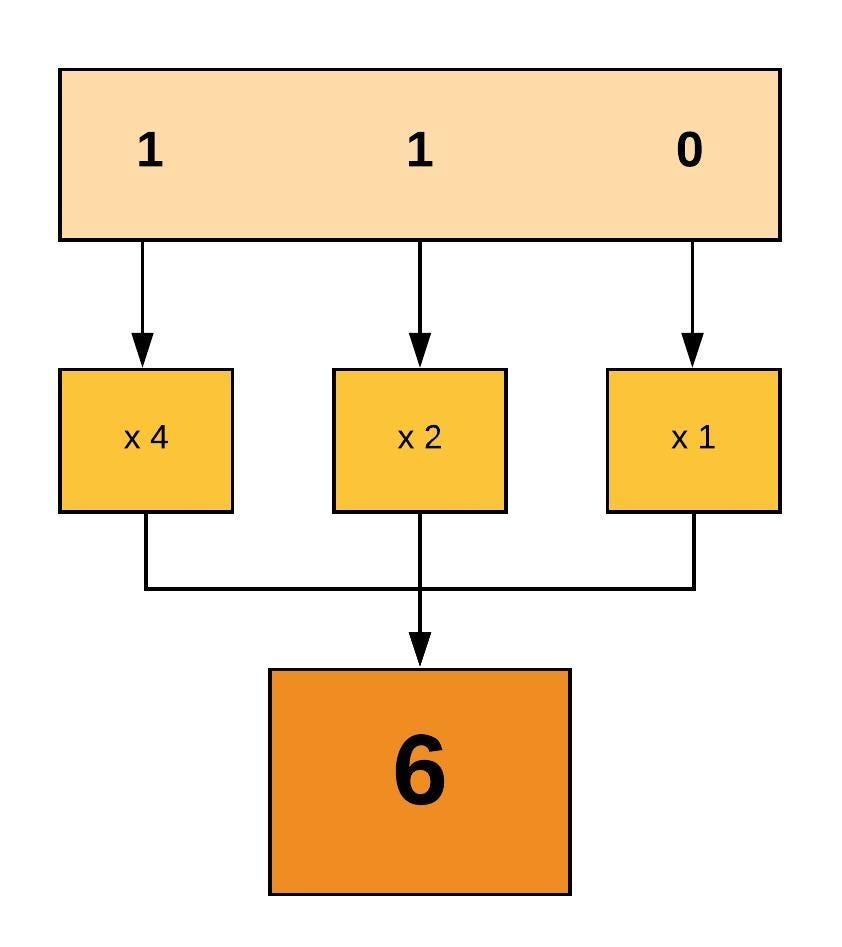


Linux File Permissions And Ownership By Udara Bibile Level Up Coding
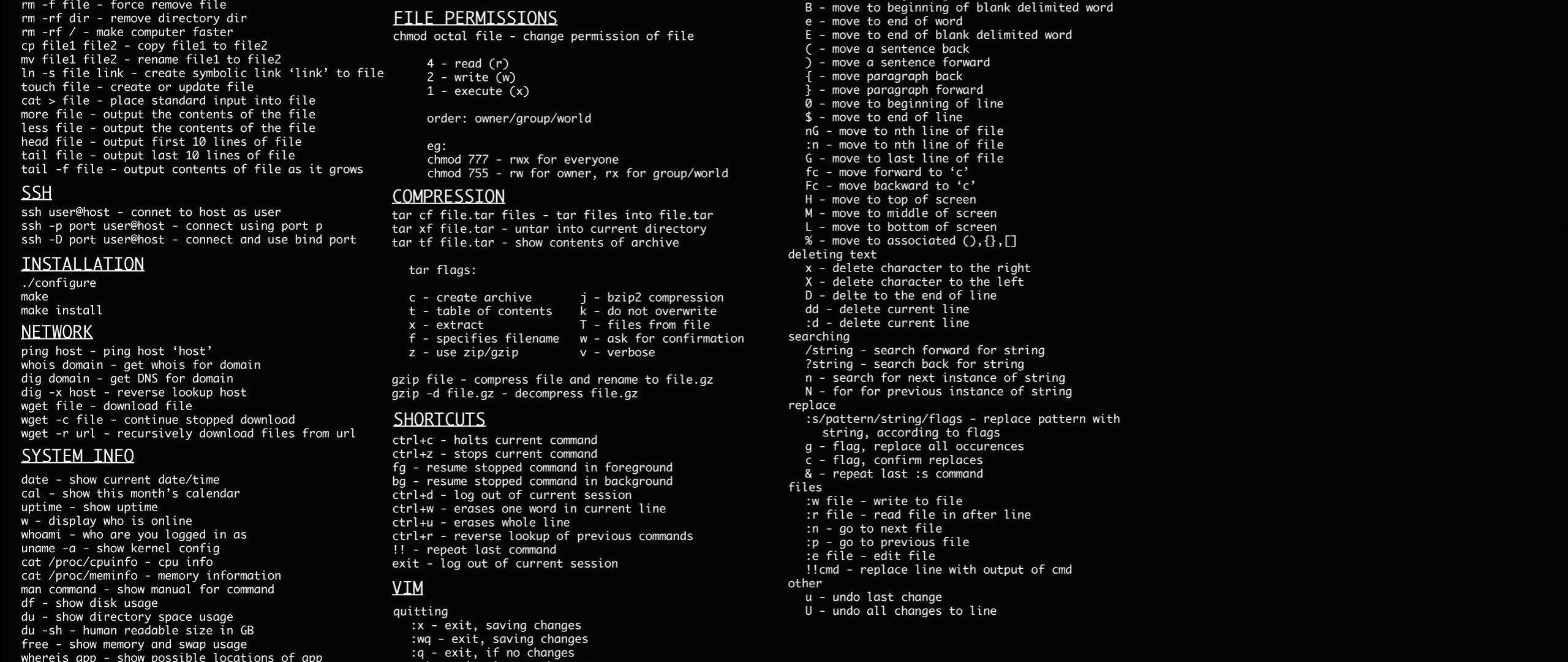


2560x1080 Linux Dark Command Line 2560x1080 Resolution Hd 4k Wallpapers Images Backgrounds Photos And Pictures



How To Set 777 Permissions In Windows 7 Youtube



Chmod 777 What Does It Really Mean Make Tech Easier



The Ultimate A To Z List Of Linux Commands



Docker Got Permission Denied While Trying To Connect To The Docker Daemon Socket At Unix Var Run Docker Sock Stack Overflow



Bash Sudo Abc Sh Command Not Found Ask Ubuntu
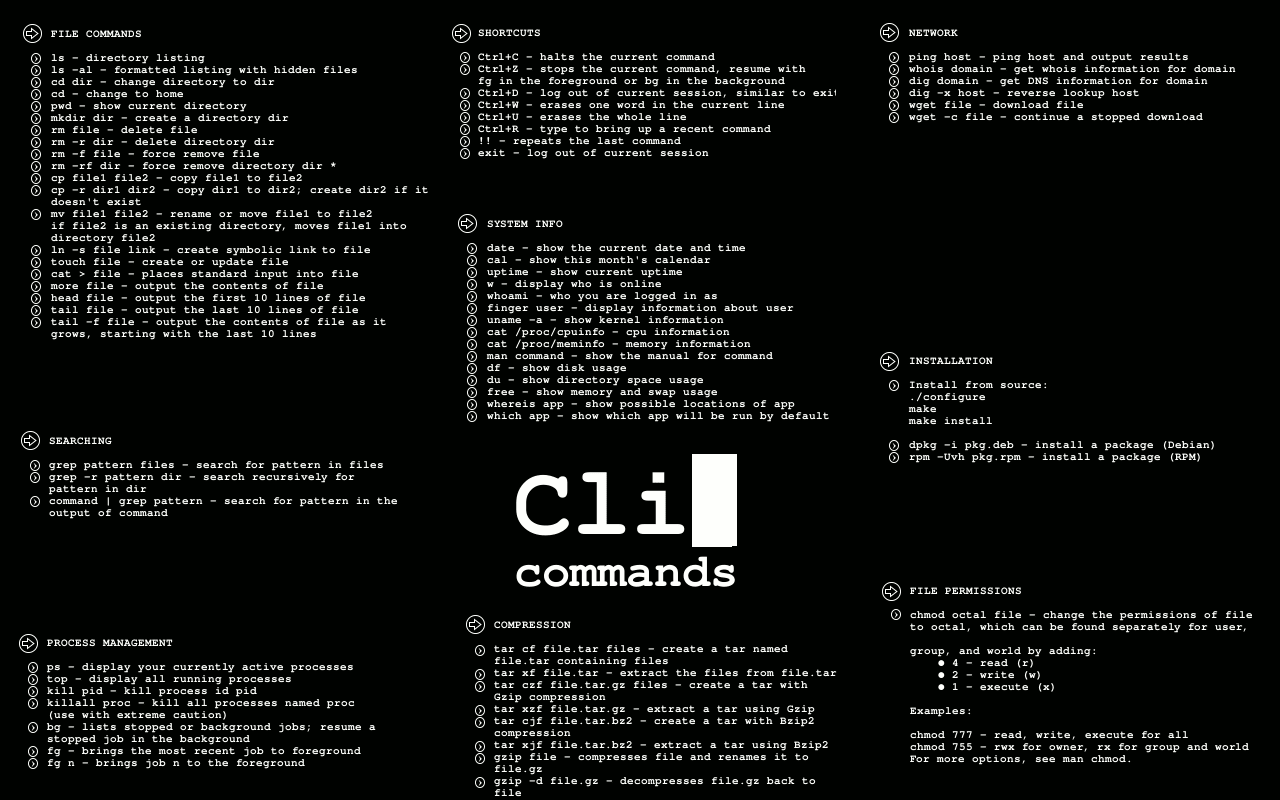


Backtrack Page Useful Commands For Kali Linux
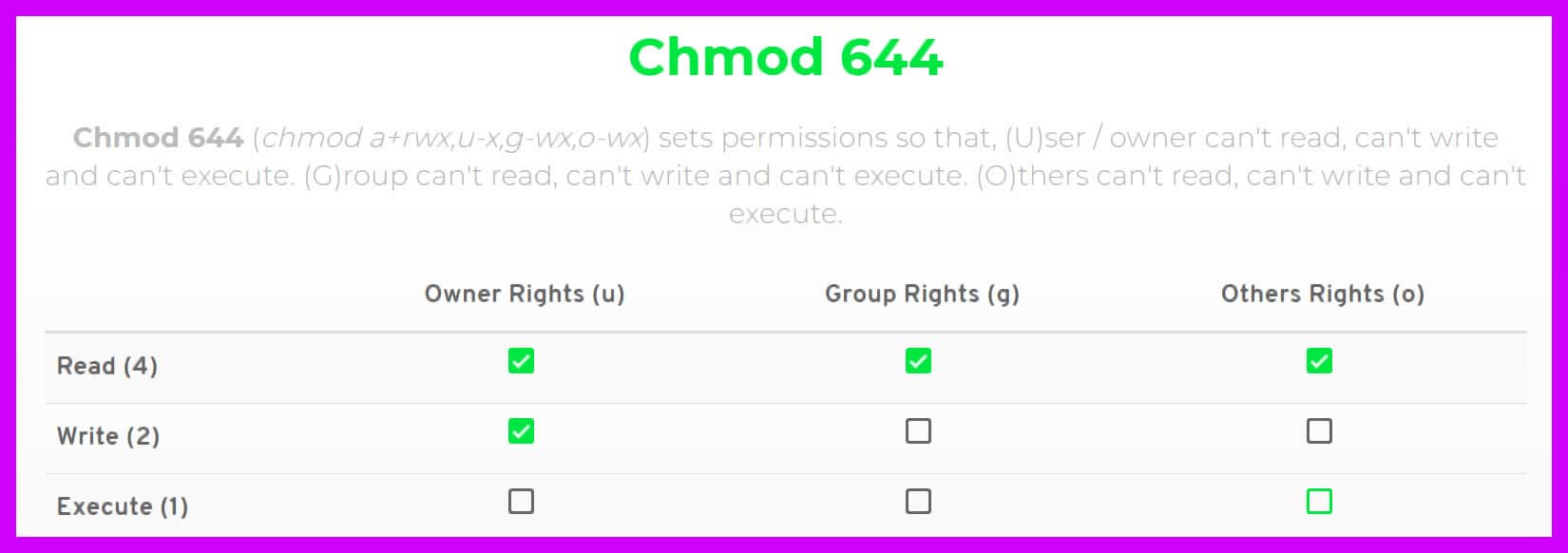


Chmod 777 A Definitive Guide To File Permissions



Chmod 555



What Are The Top 50 Commands In Linux Quora



Linux Hacker Chmod 777 Command Poster By Clubtee Redbubble



Added By Galpeartech Instagram Post Update And Refresh Your Linux Knowledge Follow Galpeartech Chmod Is One Of The Most Important Command Which You Can Use To Change The Permission In Linux System



How To Use Chmod 777 Command In Linux Explained How To Use Chmod Command Hindi Tutorial Youtube
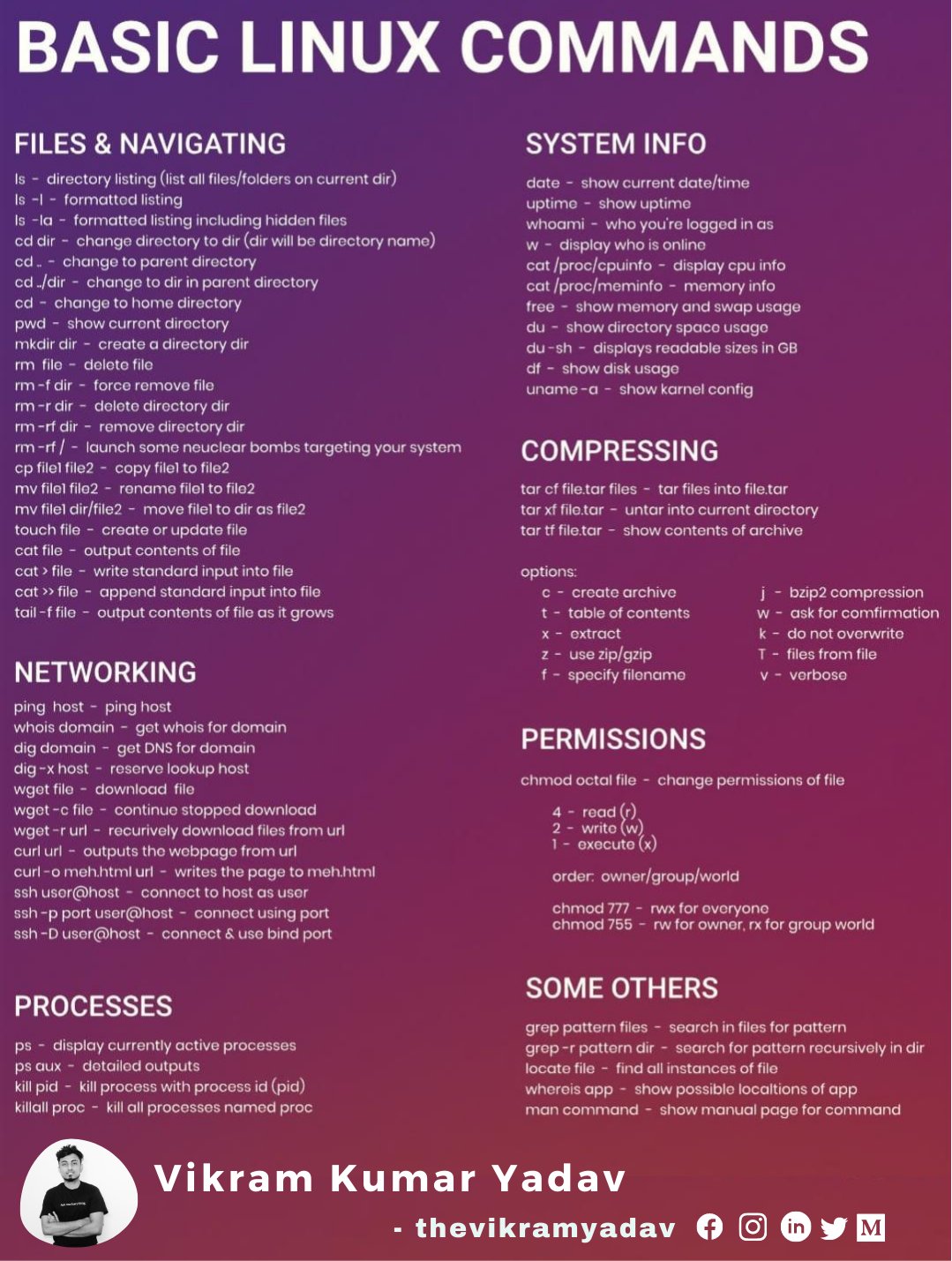


Vikram Kumar Yadav Newbie Linux Command Cheat Sheet Linux Commands New Splunk Linux Hacking Vikram Programming Cybersecurity Coding Thevikramyadav Softwaredeveloper Devops Programmingmemes T Co Ae7avzd2mm


Command Line Wallpaper By Mais1mano 68 Free On Zedge



Linux Command Line 19x1080 Download Hd Wallpaper Wallpapertip



100以上 Chmod Example Recursive さもがた



Unix Permissions The Easy Way Index Of All Chmod Permutations By Semi Koen Towards Data Science



Bash Sudo Abc Sh Command Not Found Ask Ubuntu


Configure Powershell Remoting Between Windows And Linux Lightnetics



Explained How To Use Chmod Command Complete Guide Youtube



Sas Chmod 777 Unix Linux Chmod Command Examples



6 Best Linux Unix Command Cheat Sheet



Chmod 777 Your Mom Ipad Case Skin By Gengns Redbubble



What Does Chmod 777 Mean In Linux Youtube



3 Ways To Solve Sftp Or Ftp Permission Denied On Google Cloud Siteyaar



Linux Cheat Sheet Commands Pdf Download Printable



Permission Denied Inside Var Www Html When Creating A Website And It S Files With The Apache2 Server Stack Overflow



How To Fix Ftp Permission Errors On Google Cloud One Page Zen



Chmod 777 Command Example やそもと壁



Linux Hacker Chmod 777 Command T Shirt By Clubtee Redbubble
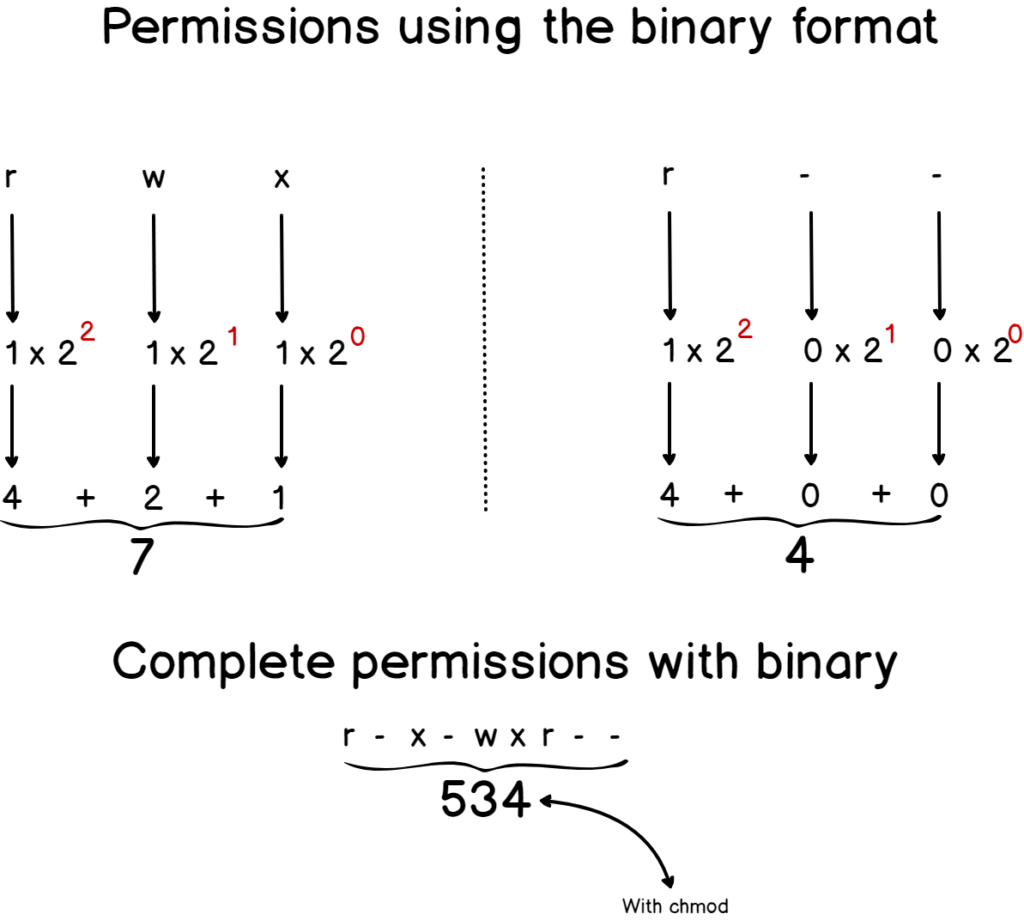


Linux File Permissions Complete Guide Devconnected
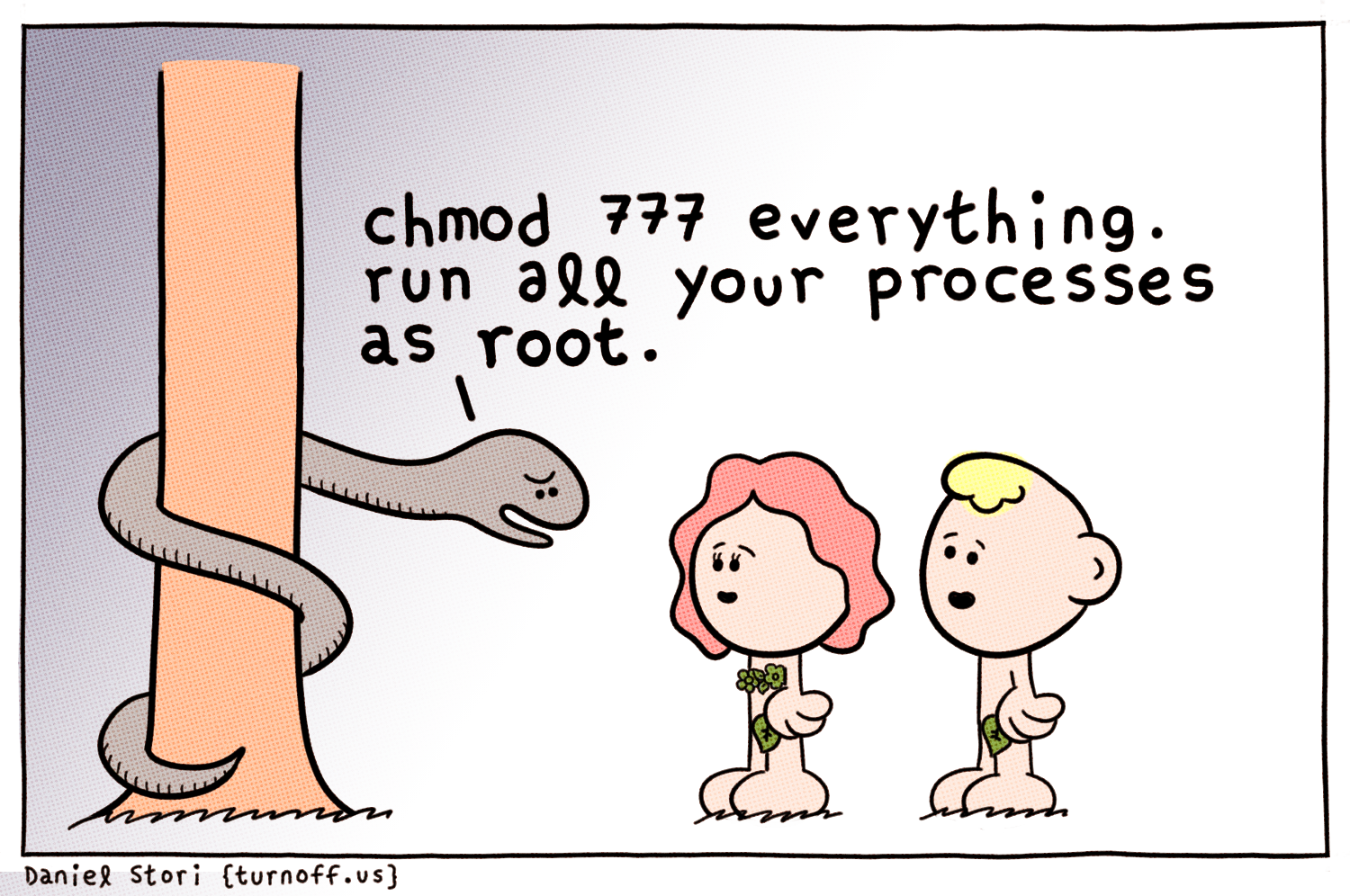


Chmod 777 Comic Dzone Security



Comandos Terminal Chmod 777 775 600 Youtube
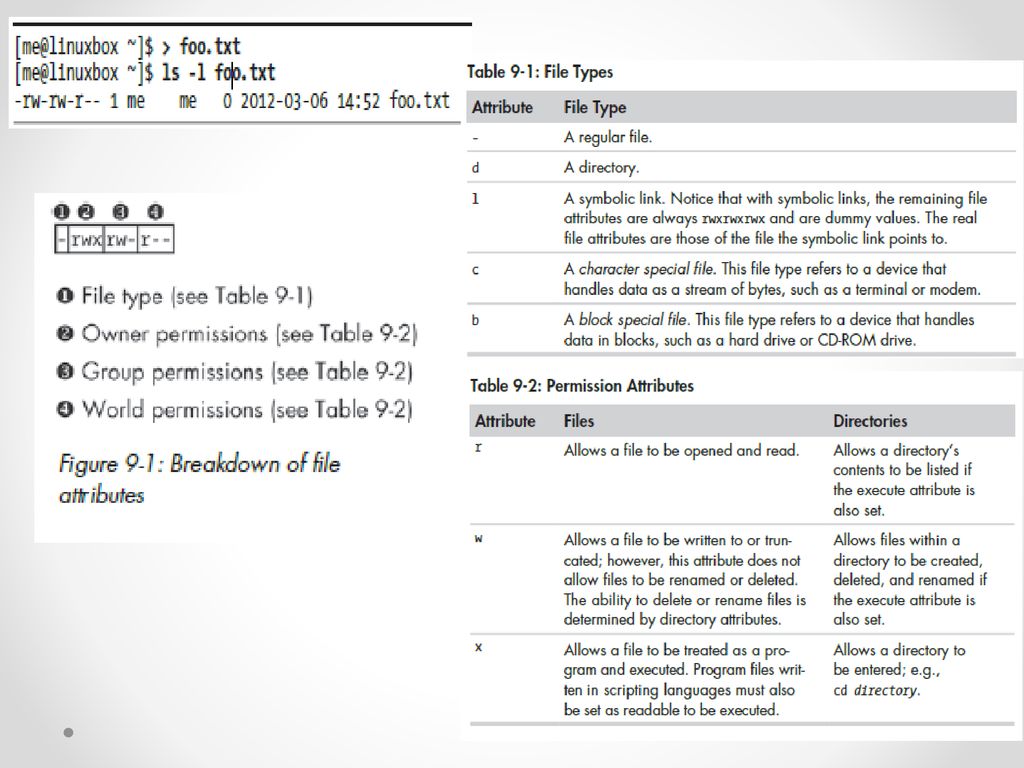


The Linux Command Line Chapter 9 Ppt Download



Chmod X Explained Everything You Need To Know



Xftp Upload File Status Error Solution Programmer Sought



Windows Faq
/GettyImages-1021092796-ea8c63ee76f84bd5bf98c4222337fbb4.jpg)


How To Use The Chmod Command In Linux



Linux World Posts Facebook


Basic Linux Commands Linux



Linux Command Line Tutorial 18 Octal 777 Chmod Youtube
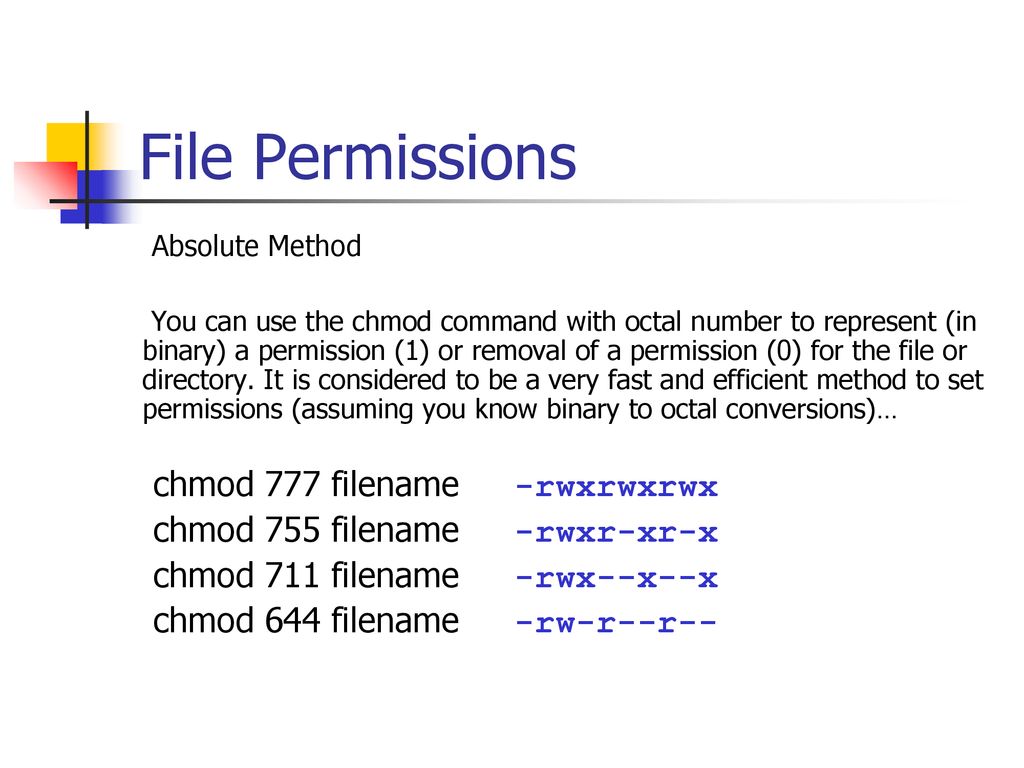


Bif703 File Permissions Ppt Download



Basic Linux Commands



The Root Scratch Dir Tmp Hive On Hdfs Should Be Writable Current Permissions Are Wx Stack Overflow



Linux Commands Cheat Sheet Definitive List With Examples



What Does Chmod 777 Mean In Linux Youtube
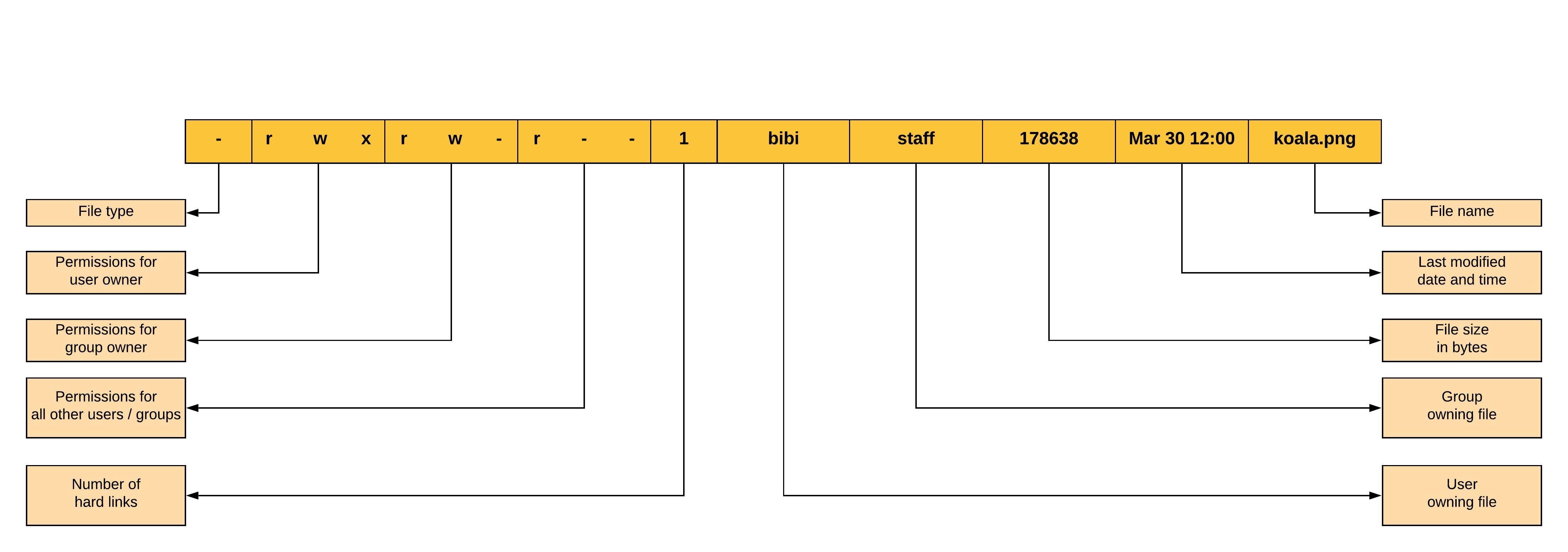


Linux File Permissions And Ownership By Udara Bibile Level Up Coding
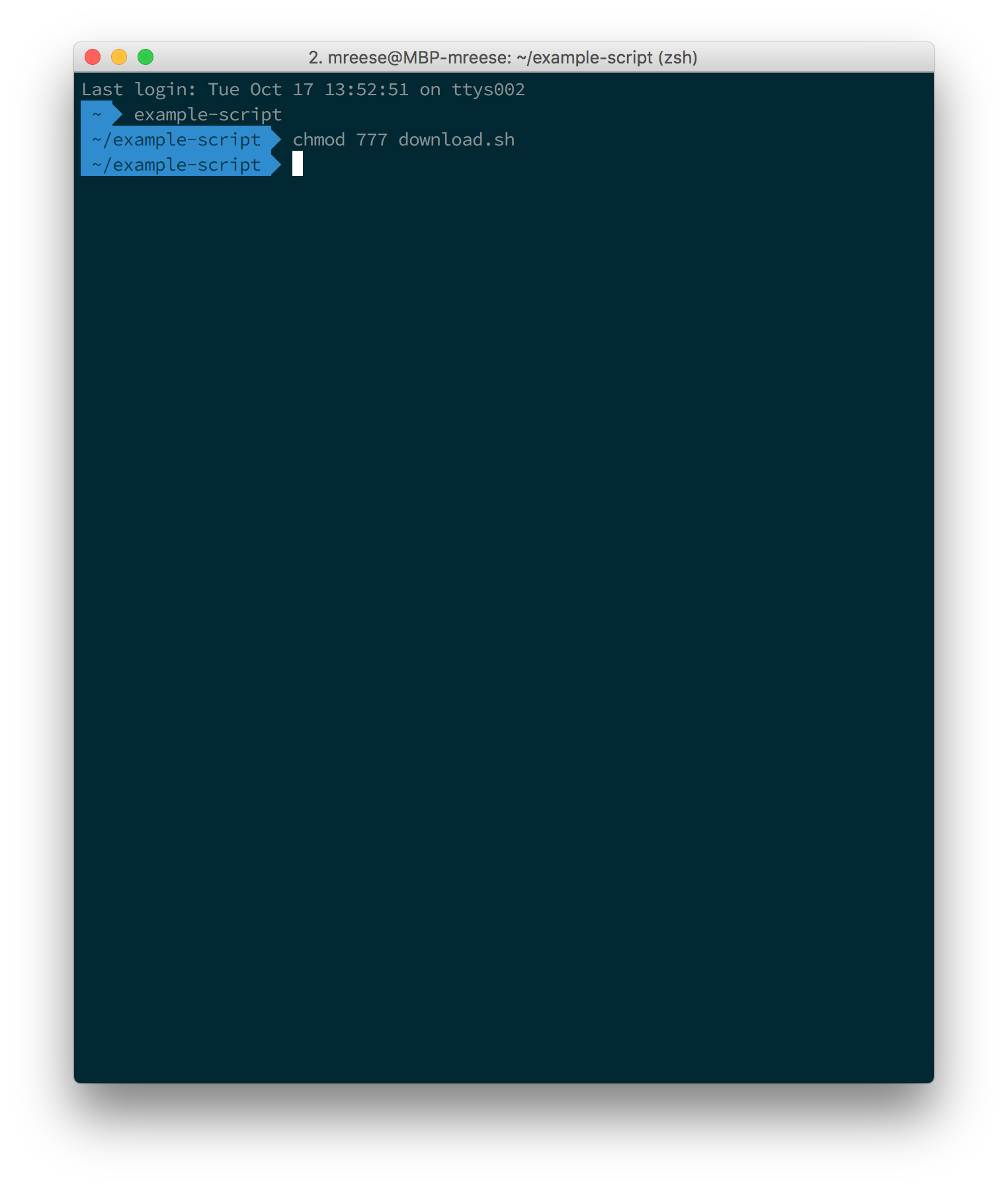


How To Use The Download Access Script Earthdata Search Earthdata Wiki



Ih1 Redbubble Net Image 1262 Ra Unis



Ih1 Redbubble Net Image 1262 Hj 1000


最も好ましい Chmod Command In Linux In Hindi さもがた
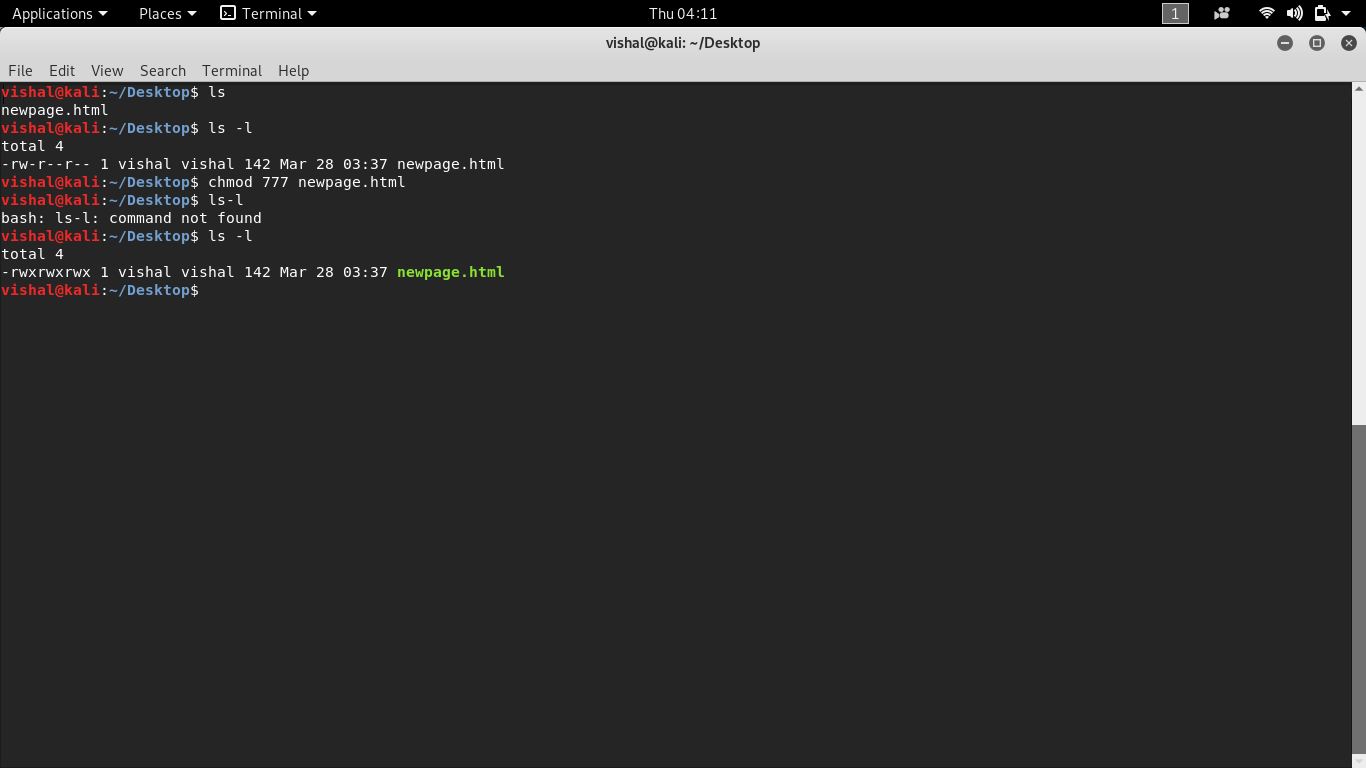


Unix Commands Basic To Advanced Unix Commands With Example
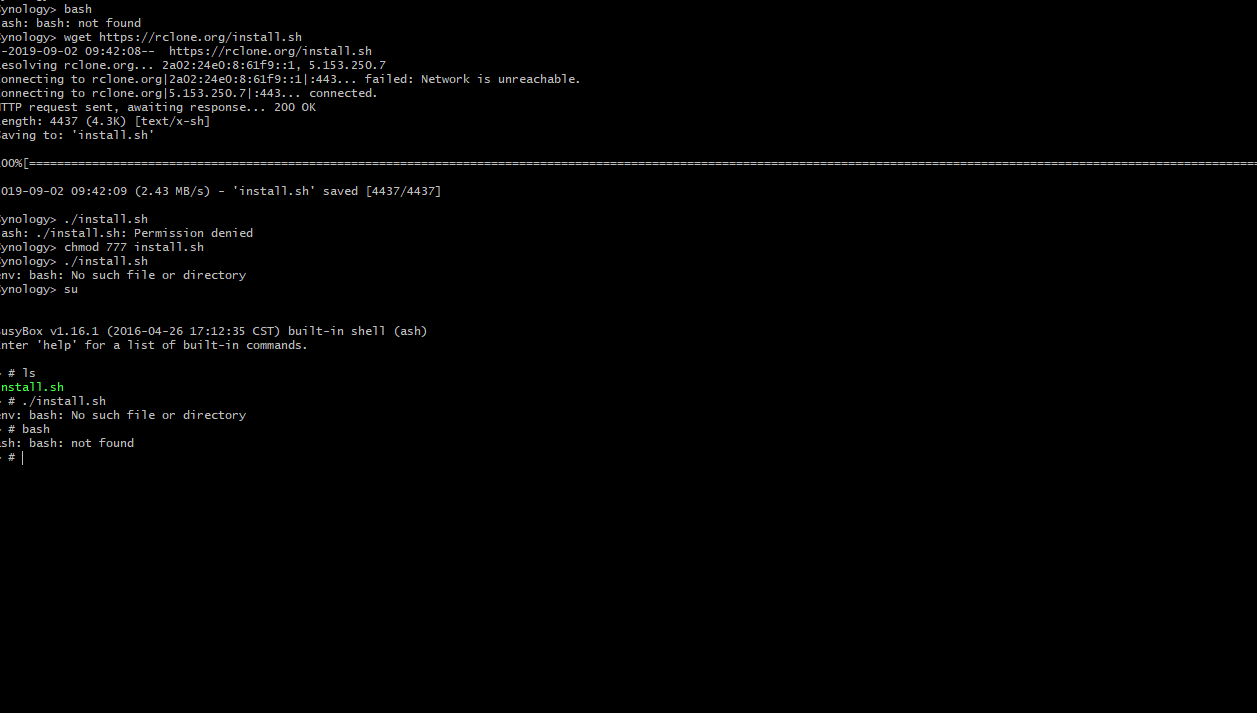


Usr Bin Rclone Line 2 Syntax Error Unexpected Help And Support Rclone Forum



Oracle Unix Commands Unix Software Areas Of Computer Science



How To Set Chmod 777 To A Folder And All Its Contents Dev Community



Chmod Command File Access Permissions Linux Series Youtube



Eacces Permission Denied In Vs Code Mac Stack Overflow



𝘽𝙀𝙎𝙏 𝙂𝙐𝙄𝘿𝙀 𝙁𝙊𝙍 𝙏𝙀𝙍𝙈𝙐𝙓 By Proficienttechie Medium
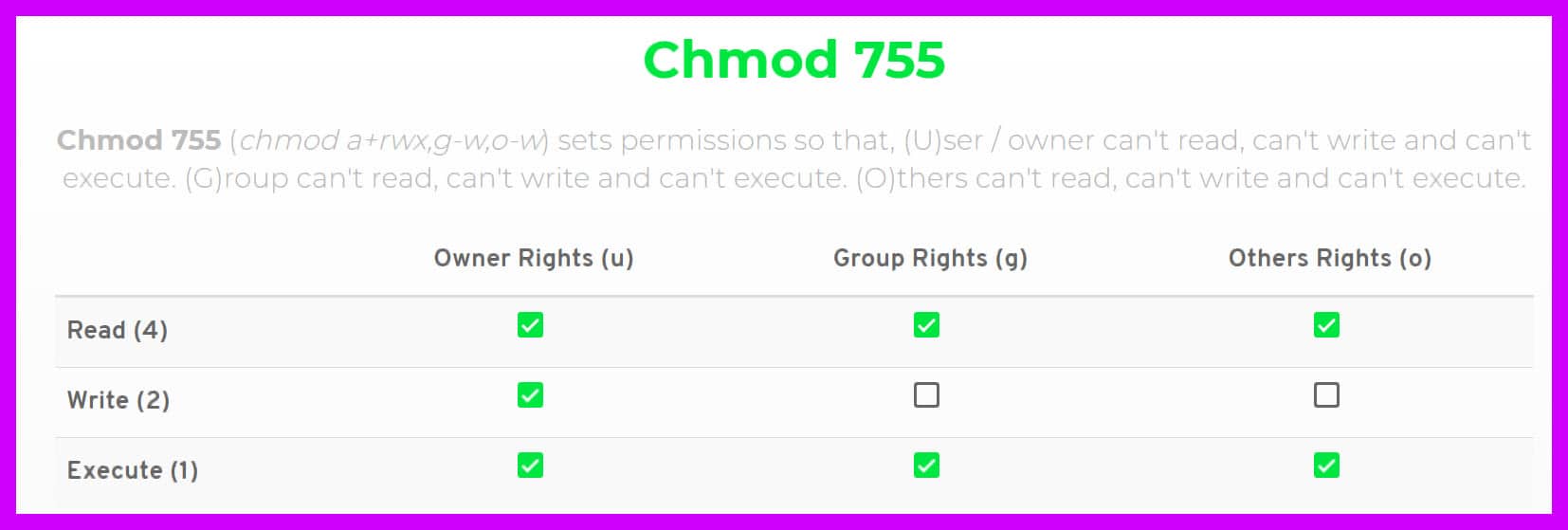


Chmod 777 A Definitive Guide To File Permissions



Linux Command Line Cheat Sheet Kalitut



Pin On Humor Image



選択した画像 Chmod 777 Command ただの車



Bash Cheat Sheet Top 25 Commands And Creating Custom Commands



Ubuntu How To Fix Chmod R 777 Usr Youtube



0 件のコメント:
コメントを投稿